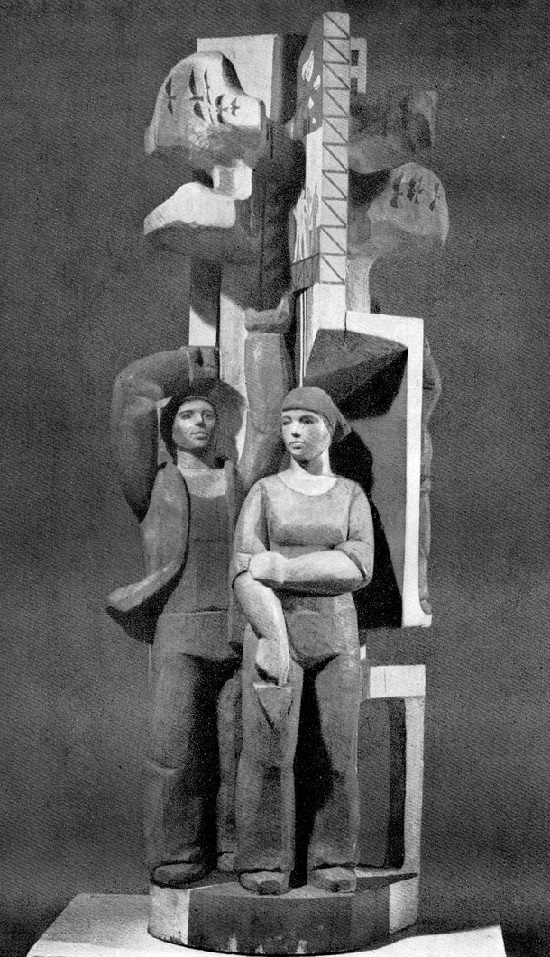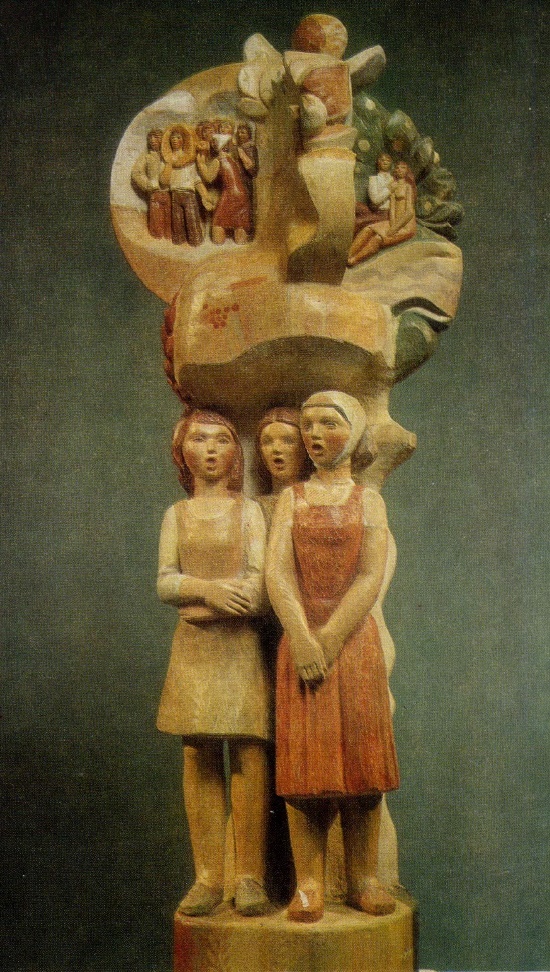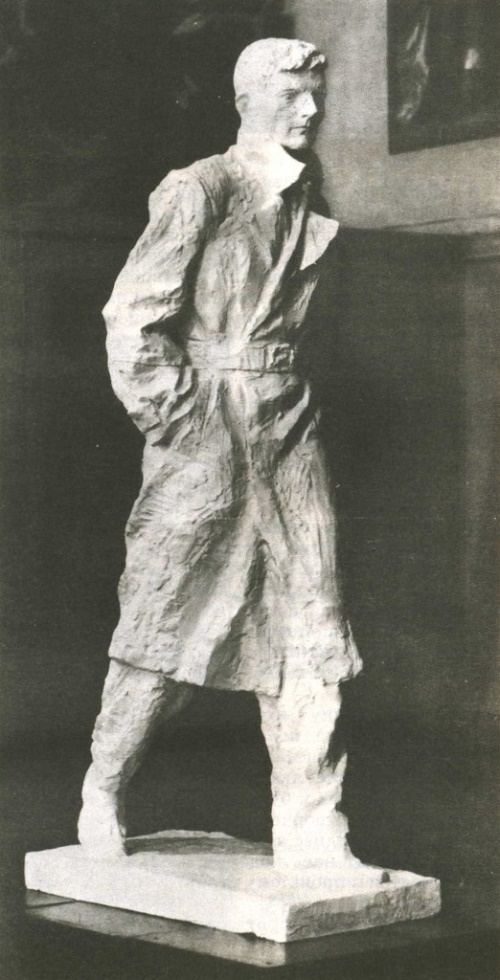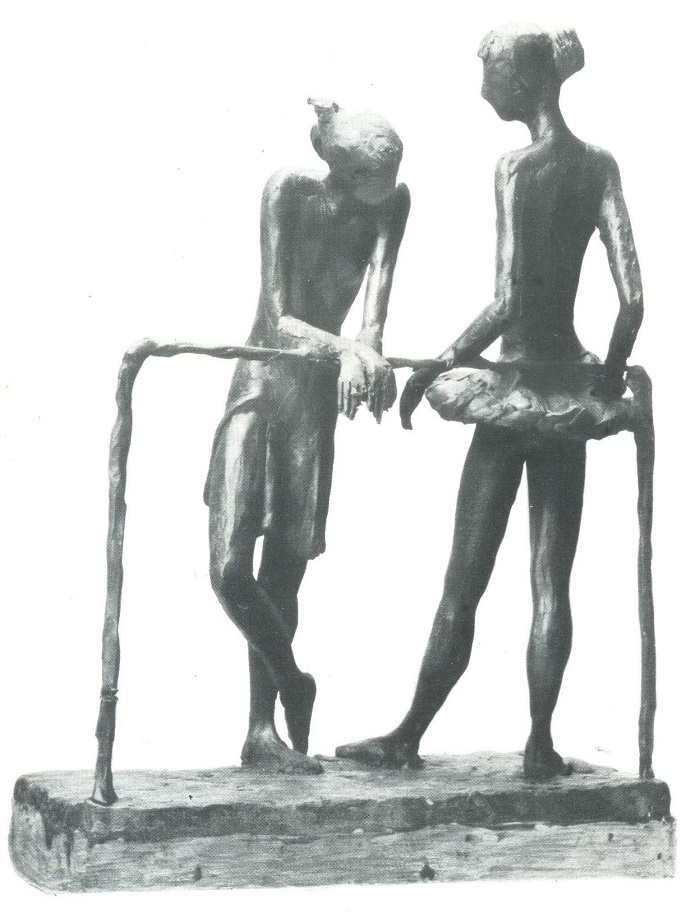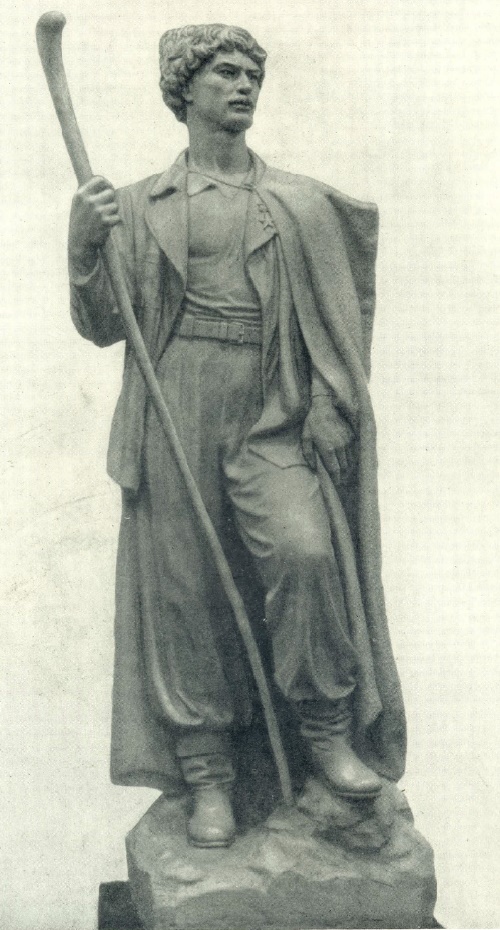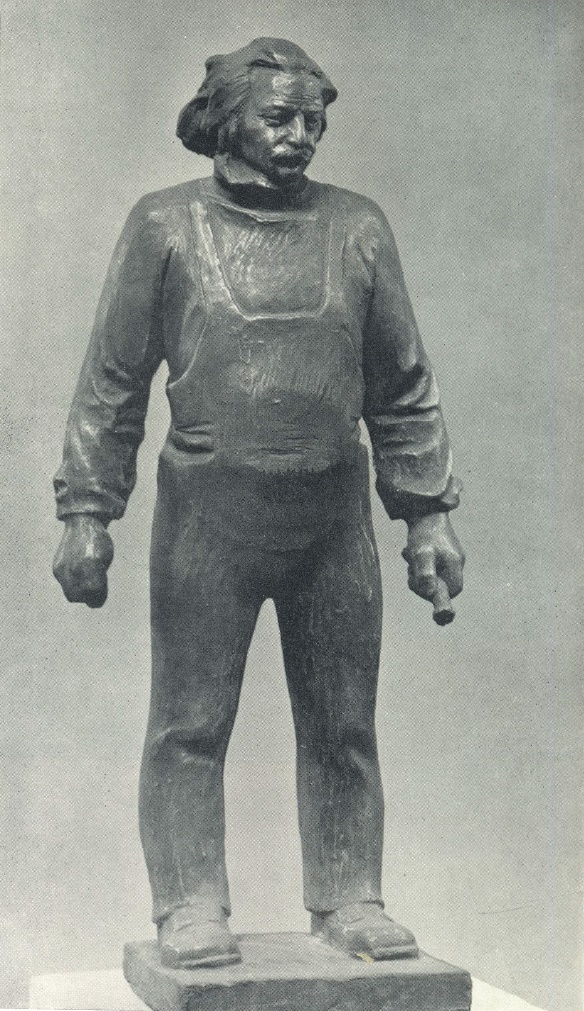Glorification of labor in Soviet art

Glorification of labor in Soviet art. Yuri Mikhailovich Neprintsev (August 15, 1909 – October 20, 1996). Metro builders – drifters, 1959
Glorification of labor in Soviet art
Any work in the Soviet times was held in high esteem, and proletarian enjoyed not less respect than office worker. To be a worker was beneficial, prestige and promising in the USSR. Without workers – turners, millers, welders – Soviet production would not have reached such high results. It is the working class of the Soviet Union kept the industry. Labor heroes were at the same level as movie stars, if not higher. They were often invited to television programs, interviewed, their portraits decorated magazine covers, about them were filmed documentaries and feature films. Not surprisingly, the theme of workers has been widely reflected in the works of famous artists, and to draw the heroes of socialist labor was an honorable thing.

Glorification of labor in Soviet art. Yigitali Tursunnazarov (born 1941) Young cotton growers. 1976. Oil on canvas
In the 1980s, the Soviet economy in terms of gross figures ranked second in the world, second only to the United States. Soviet Union was among the top ten countries with the highest standard of living. Thus productivity in the USSR in the industry remained lower than in the United States, 2 times. The share of the Soviet Union in world industrial output was 20%.
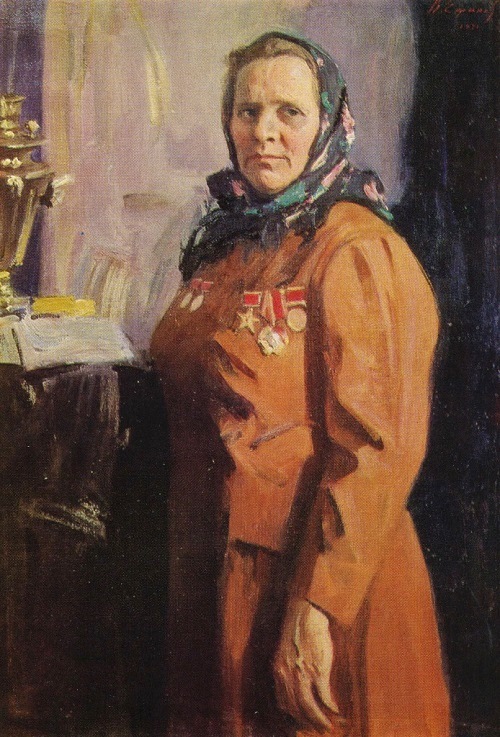
Vasily Prokofievich Efanov. (born 1900). Portrait of a Hero of Socialist Labor milkmaid SK Krylova. 1971. Oil
Soviet worker has always been held in high esteem. To him was drawn all attention, he was encouraged, and awarded orders and medals. Experts have always been at a premium. They were supported at every possible way. The bonuses included: monthly, quarterly, annual payment. The standard premium amount was set in the range of 20-40% of salary and wages. Incentive payments can be as high as 100%. But such cases were exceptional. In addition, the best workers encouraged free vouchers to sanatoriums, tourist trips. And what’s most important – any worker could get an apartment for free, the question was only in the terms.
Contrary to popular belief, drunkenness was not widespread among Soviet workers. In the Soviet Union struggled with alcoholism: the worker could be fired, if incident happened it was discussed in the working team, he could be sent to medical treatment. For drinking alcohol at work (in the workplace) was a fine of 30 to 50 rubles. It was a decent sum in those days.
There wasn’t large gap in the income of a boss and a worker. So how much a good specialist earned? For example, salary of the director of the plant was equal to 320 rubles. The worker – specialist of the 6-7-th category, too, earned well: up to 300 rubles per month. (Note: The minimum wage in the USSR in 1977 was 70 rubles per month (Resolution of the Council of Ministers of the USSR of December 24, 1976). The communal payments were not more than 10 rubles a month.
Glorification of labor in Soviet art

V. P. Kupriyanov (Rostov-on-Don). At the shaft furnace. From the series ‘On Atommash’. 1981. Autolithograph

DV Zhuravlev (Novgorod). Portrait of a Hero of Socialist Labor AN Butorov, worker of Cherepovets plant. 1978. Oil on canvas

Evgeny Katzman (born 1890). Portrait of KV Petrova – a Hero of Socialist Labour, pro-rector of the College of Agriculture in Karavaevo, Kostroma region. 1970. Pastel

Ionas Mikolo Kuzminskis. (born 1906). Portrait of a kolkhoz chairman ‘By Leninist path’ A.I. Slavenskas. 1971. Cut engraving

Portrait of PA Malinina, a Hero of Socialist Labor, the chairman of the kolkhoz of ‘the XII October’ Kostroma region. 1970. Pastel























